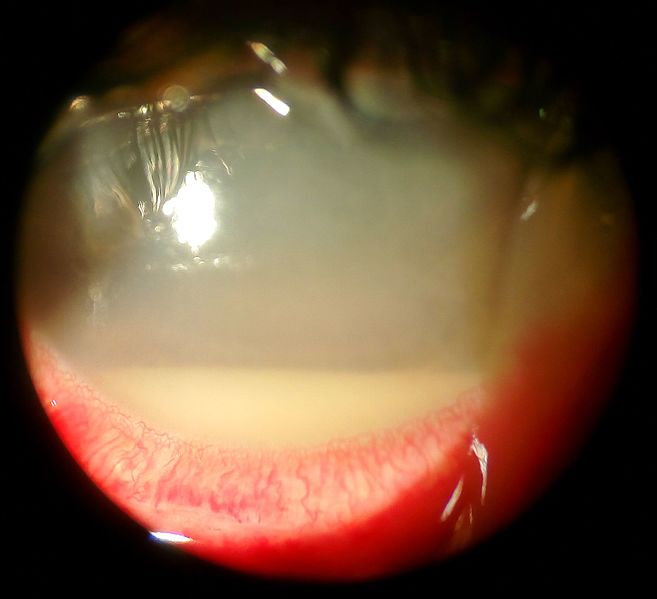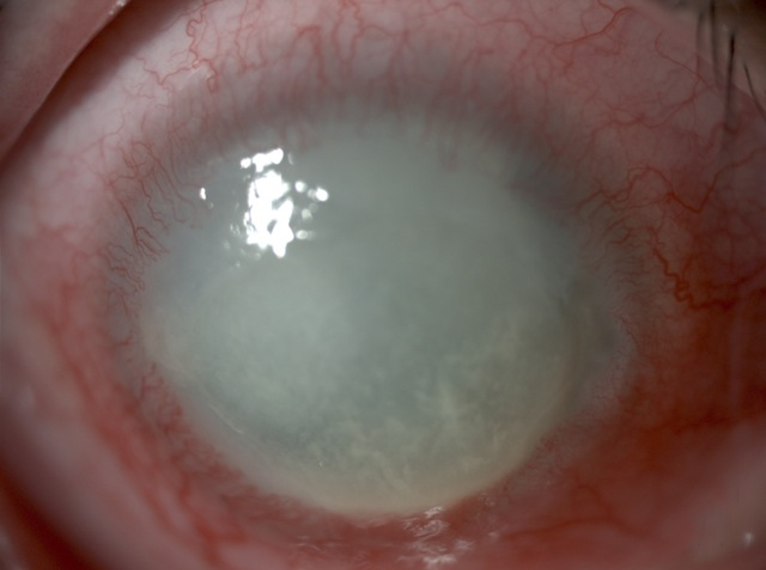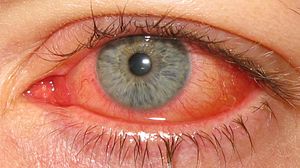Risks & Consequences of Inadequate Device Reprocessing
Warning: This article contains images that some viewers may find disturbing. Viewer discretion is advised.
| Healthcare-associated infections (HAIs) are a major concern in ophthalmology. HAIs, or “nosocomial” infections, are infections that patients can acquire in a healthcare facility while being treated for other conditions, and infections were not incubating at the time of admission. HAIs place a substantial financial burden on healthcare systems. Above all, they create unnecessary suffering and excessive costs for patients and their families.
Ophthalmic nosocomial outbreaks are often associated with Adenovirus types 8 and 19, and Herpes Simplex Virus (HSV). Tonometer prisms and other ophthalmic equipment have been identified as sources of such outbreaks.1 Many studies were performed to assess if current decontamination practices are sufficient to reduce the risk of cross-contamination. Results have shown that commonly used disinfection solutions, such as hydrogen peroxide (3%), accelerated hydrogen peroxide (0.5%) and quaternary ammonium compounds (QACs) are not effective against Adenovirus.2 Adenovirus is one of the main causes of viral conjunctivitis and the cause of Epidemic Keratoconjunctivitis (EKC). Another publication concluded that Adenovirus was found on ophthalmic devices 9 days after it had been disinfected with alcohol.3 It takes only one poorly disinfected device to put patients and healthcare workers at risk. Therefore, it is critical to choose a disinfectant that is effective against Adenovirus and other microorganisms of concern in ophthalmology such as: |
|
|
Pseudomonas aeruginosa, a versatile Gram-negative pathogen that can cause a wide range of infections. It is the most common causative agent of bacterial keratitis associated with contact lens use. Corneal infections with P. aeruginosa often have poor clinical outcomes and can result in long and costly treatments.4 |
|
|
Acanthamoeba is a tiny amoeba (single-celled living organism) that causes Acanthamoeba keratitis5, or AK. AK is a rare but serious infection of the eye that can cause permanent vision loss or blindness. |
 Slit lamp view of endophthalmitis Slit lamp view of endophthalmitis |
Candida albicans, Fusarium solani and Aspergillus species are examples of fungi that cause fungal keratitis.6 |
References:
1. https://www.aaojournal.org/action/showPdf?pii=S0161-6420%2817%2931677-9
2. https://journals.asm.org/doi/pdf/10.1128/AAC.50.4.1419-1424.2006
3. https://www.cdc.gov/mmwr/preview/mmwrhtml/mm6232a1.htm
4. https://pubmed.ncbi.nlm.nih.gov/31750813/%23:~:text=Pseudomonas%20aeruginosa%2C%20a%20versatile%20Gram,in%20long%20and%20costly%20treatments.
5. https://www.cdc.gov/contactlenses/parasitic-keratitis.html
6. https://www.cdc.gov/contactlenses/fungal-keratitis.html

